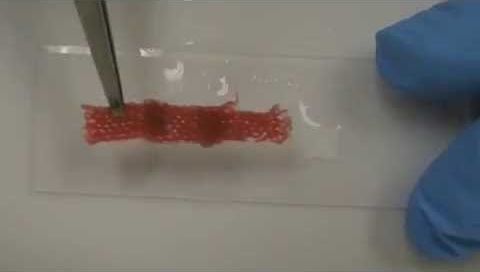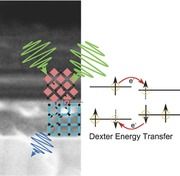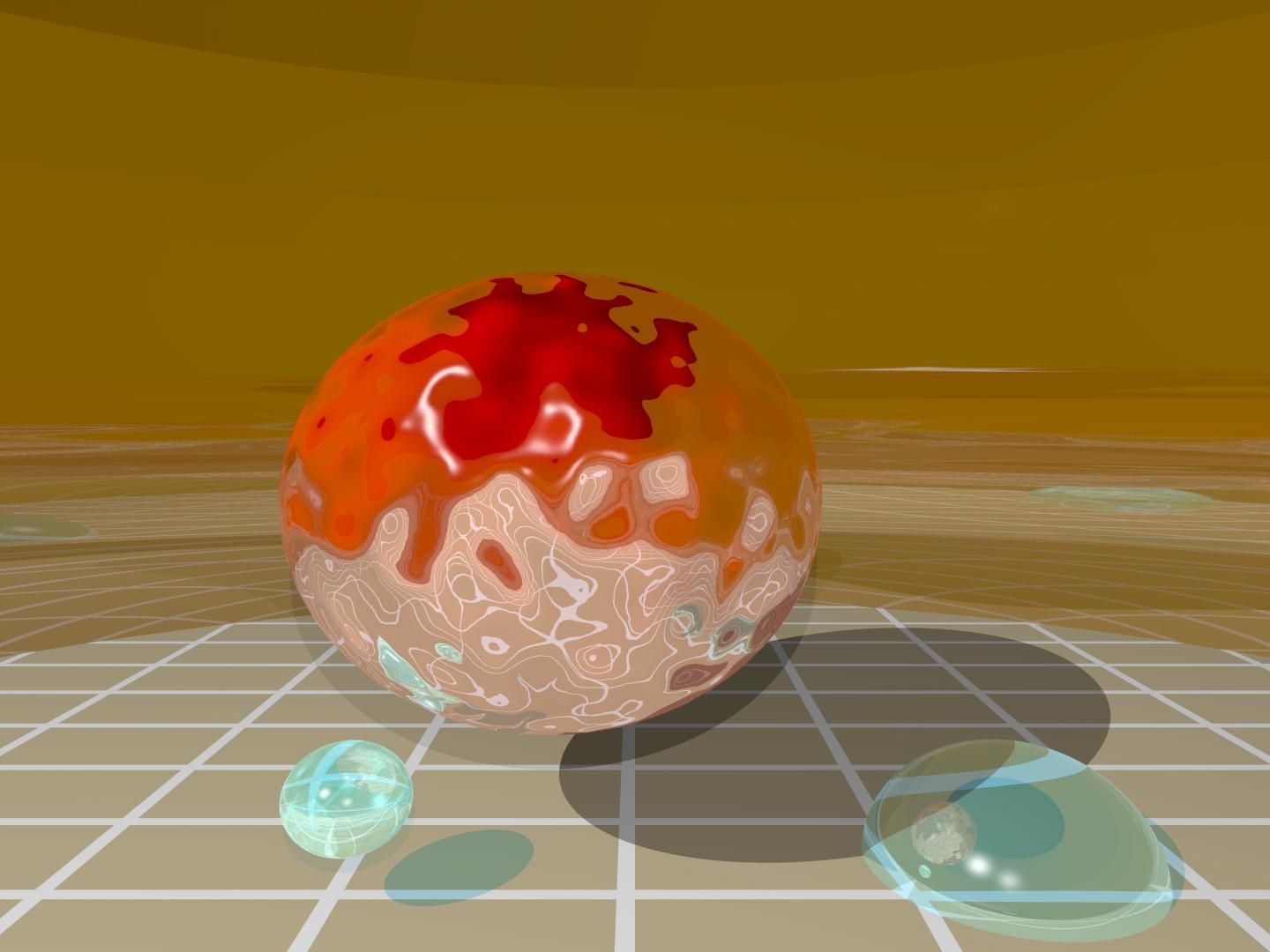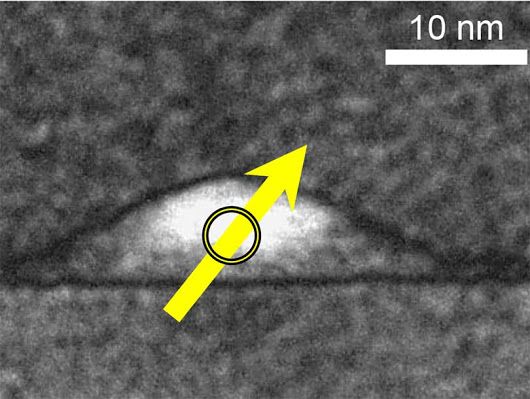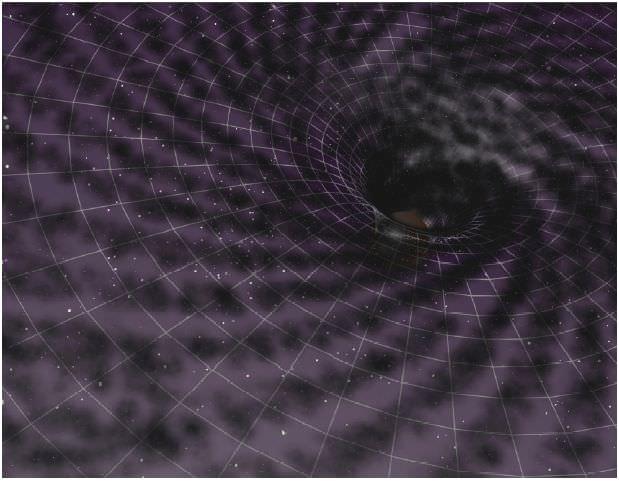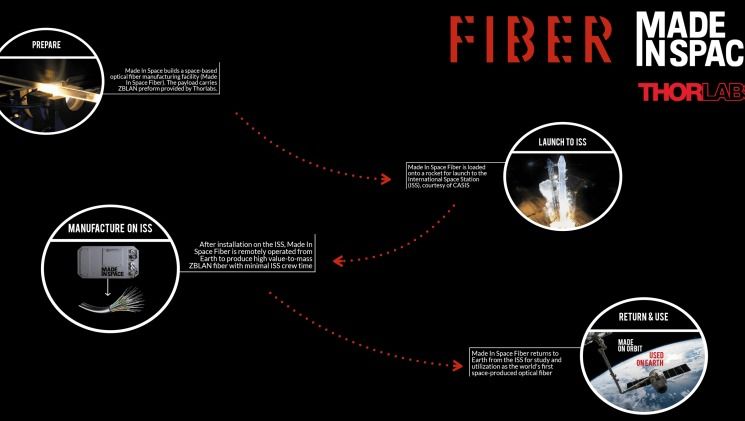Aug 13, 2016
Self-healing textiles not only repair themselves, but can neutralize chemicals
Posted by Klaus Baldauf in categories: biological, materials
UNIVERSITY PARK, Pa. — Someday, chemically protective suits made of fabric coated in self-healing, thin films may prevent farmers from exposure to organophosphate pesticides, soldiers from chemical or biological attacks in the field and factory workers from accidental releases of toxic materials, according to a team of researchers.
“Fashion designers use natural fibers made of proteins like wool or silk that are expensive and they are not self-healing,” said Melik C. Demire l, professor of engineering science and mechanics. “We were looking for a way to make fabrics self-healing using conventional textiles. So we came up with this coating technology.”
Continue reading “Self-healing textiles not only repair themselves, but can neutralize chemicals” »
